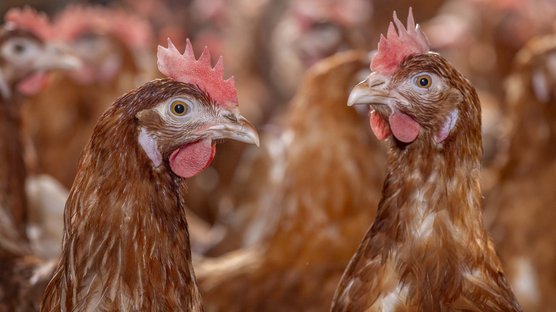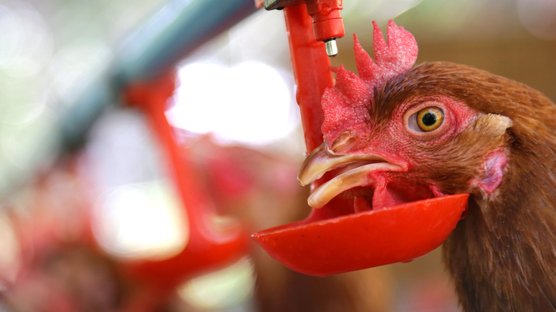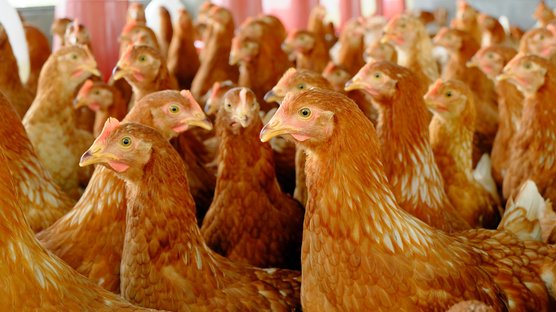
Published on Oct. 19, 2020
Salmonellosis - Fowl Typhoid and Pullorum Disease in Laying hens
Salmonella is a genus of bacteria known by causing diseases in many types of animals by its different strains. The motile serovars (called “paratyphoid”) can cause non-specific infections in birds, linked to foodborne diseases in humans. On the other hand, the non-motile serovars Salmonella gallinarum and Salmonella pullorum are specifically pathogenic for avian species.
Fowl Typhoid, caused by S. gallinarum infection, is an acute or chronic septicaemic disease that most often affects mature birds, and Pullorum disease (S. pullorum) is an acute systemic disease typical of young birds (may affect mature birds in a nonspecific and less severe way).
Both diseases have vertical and horizontal transmission between birds as the main route of contamination, but it can also happen through people, biological vectors (rodents, wild birds, insects and mites), by fomites and even by the feed.
Clinical Signs
Fowl Typhoid usually affects birds in final growth or adults, causing fever, anorexia, deep depression, diarrhea and severe mortality. Depending on the stage and severity of the infection, necropsy may show signs ranging from minimally affected ovary, to a clear condition of an enlarged liver (with a dark copper/bronze-like color) and splenomegaly.
The clinical signs of Pullorum disease vary according to age and strain involved. When apparent, the infection is more expressive in young birds (from 10 days to 3 weeks of age), causing prostration, white diarrhea, agonic breathing, anorexia and mortality. The post-mortem may show peritonitis, generalized congestion and focal necrosis in organs (liver/spleen/lungs/heart), eventually seen as "white dots". Older birds have no clear symptoms but can get infected and transmit the agent to the progeny.
Diagnosis
The clinical findings of these diseases may indicate the occurrence, but lab techniques are strictly necessary for diagnosis. The isolation of the pathogen in organs, fresh faeces or organs/cloacal swabs, followed by biochemical typification, is the method of election for these Salmonella serovars. When available, molecular techniques (PCR, RFLP, others) can also be used, offering quick and complementary detection to isolation.
Serological tests (SAR, ELISA, immunodiffusion, others) can be useful for exposure screening of the flocks to these Salmonella serovars, but isolation is always recommended to determine the specificity of the agent and the status of infections.

Control & Vaccination
Currently, there are only vaccines against Fowl Typhoid available, which can reduce morbidity and mortality, but cannot ensure protection against infections. The approach to these Salmonellosis must always be eradication, as the treatment and vaccination, by reducing the clinical disease, allow contaminated flocks to go on with production and consequently to perpetuate the disease.
The best strategy to prevent these diseases is the application of biosecurity measures, such as: obtaining birds only from free breeders, control of direct/indirect contact with birds and contaminated environments, control of biological vectors and fomites, control of feed and water quality, people transit control, periodic testing of the birds and isolation/elimination of infected flocks.
References
- Diseases of Poultry, 14th edition.
- OIE Terrestrial Manual 2012, Chapter 2.3.11.
- OIE Scientific and Technical Review 19 (2).
- Brazilian Journal of Poultry Science, pages 271 to 275.



